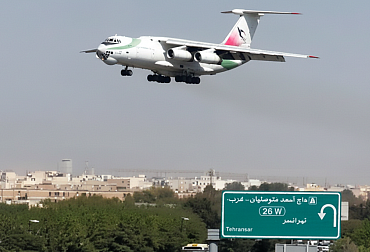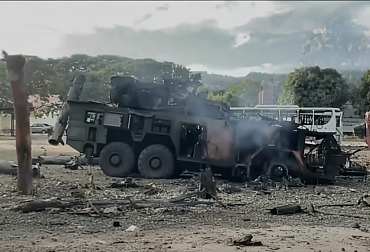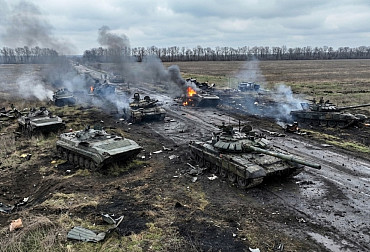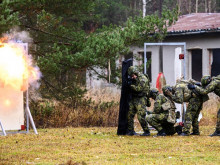The tender for infantry fighting vehicles is accompanied by doubts; the Army must communicate
The biggest order in the modern history of the Army of the Czech Republic in the amount of €2 milliard is also followed with interest by the general public. After the publication of the final requirements for the vehicles last spring, critical voices rang out that the Army wants to force out the primary favourites. That’s why the General Staff has begun to communicate about its needs and requirements more intensively.
Let us remember that the Czech Armed Forces, concretely 7th Mechanized Brigade, till now disposes of BVP-2, which are derived from Russian BMP and were manufactured in Czechoslovakia in the middle of 80’s. Their replacement by new modern vehicles is therefore necessary, and the Army has been intensively preparing it since 2013.

Picture: BVP-2 are obsolete to all intents and purposes | army.cz
The first specification of new vehicles already was published in 2016. At that time the Czech Armed Forces explicitly required a crewless gun turret, transportability with C17, IL-76MF, AN 124 and A400M aircraft, and accepted a crew of 6+3. The Army organized drive test of the CV-90, ASCOD, LYNX KF-31 and PUMA fighting vehicles. It appeared that the last mentioned vehicle best meets the expectations of the Czech soldiery.
In the spring of 2019, however, the Czech Army in its final specifications specified that it inquires a vehicle with a crew gun turret, which is able to convey eight-person landing force. It is not absolutely clear the Army insists on transportability by all of originally mentioned aircraft. These new requirements are evidently unsuitable for the early-favoured German BVP PUMA; in spite of this, it continues to participate in the tender.
The Army explains this turning that it follows so-called the British infantry school focused on a soldier and not a German one, which is based on equipment. Some of critics are astonished, why the Czech Army is inspired by the island state, while the Czech Republic directly neighbours with Germany, and for example the Czech 4th Mechanized Brigade concluded an affiliation agreement with the 10th Armoured Division of the Bundeswehr in 2017.

Picture: The Puma fighting vehicle
The Czech mechanized infantry continues to be organized till now according to the Soviet school, i.e. Three infantry fighting vehicles (IFV) per squad and three squads per company. One mechanized company contains 29 soldiers. Now two ISR (Intelligence, Surveillance, Reconnaissance) specialists will be added. So it will have 31 persons in total. In accordance to the British school, the Czech Army wants to switch-over to four infantry fighting vehicles per company. Based on simple calculations, IFV in configuration of 3+6+1 should be sufficient, the Army, however, plans to keep free transporting capacity in the commander vehicle, for example, for associated external specialists.

Picture: The CV90 fighting vehicle
Papers, which discuss of the tactical use of fighting vehicles, their driving properties and armament, are situated in several Czech portals focused on the defence and safety. But it is also a source of information for the mass media; so the general public brightly comments them in social nets. The compulsory military service in the Czech Republic was terminated 14 years ago, so it is an intelligible issue for current 30-year-olds and older.

Picture: The Lynx fighting vehicle
The Czech public is sensitive to any ambiguities in the ongoing tender also because a lot of prior purchases of military equipment were accompanied with corruption scandals. Therefore the Army is obliged to explain its requirements for the IFV in detail, in which it is relatively succeeded in the last weeks. At any rate, it is a pity that the Army didn’t start its mass communication concerning the biggest tender in the modern history some years ago.
The biggest military purchase in the modern history is now in the second round, in which all four companies, which were invited by the Ministry of Defence to participate in the tender, continue compete for the delivery of 210 infantry fighting vehicles (IFV) for 53 milliard CZK. All four competitors pledged in writing to meet all current 16 no-go (insurmountable) requirements, including the requirement for the crew gun-turret or possibility of conveyance of up to 11 soldiers.











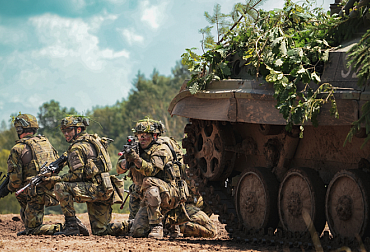
.jpg)
